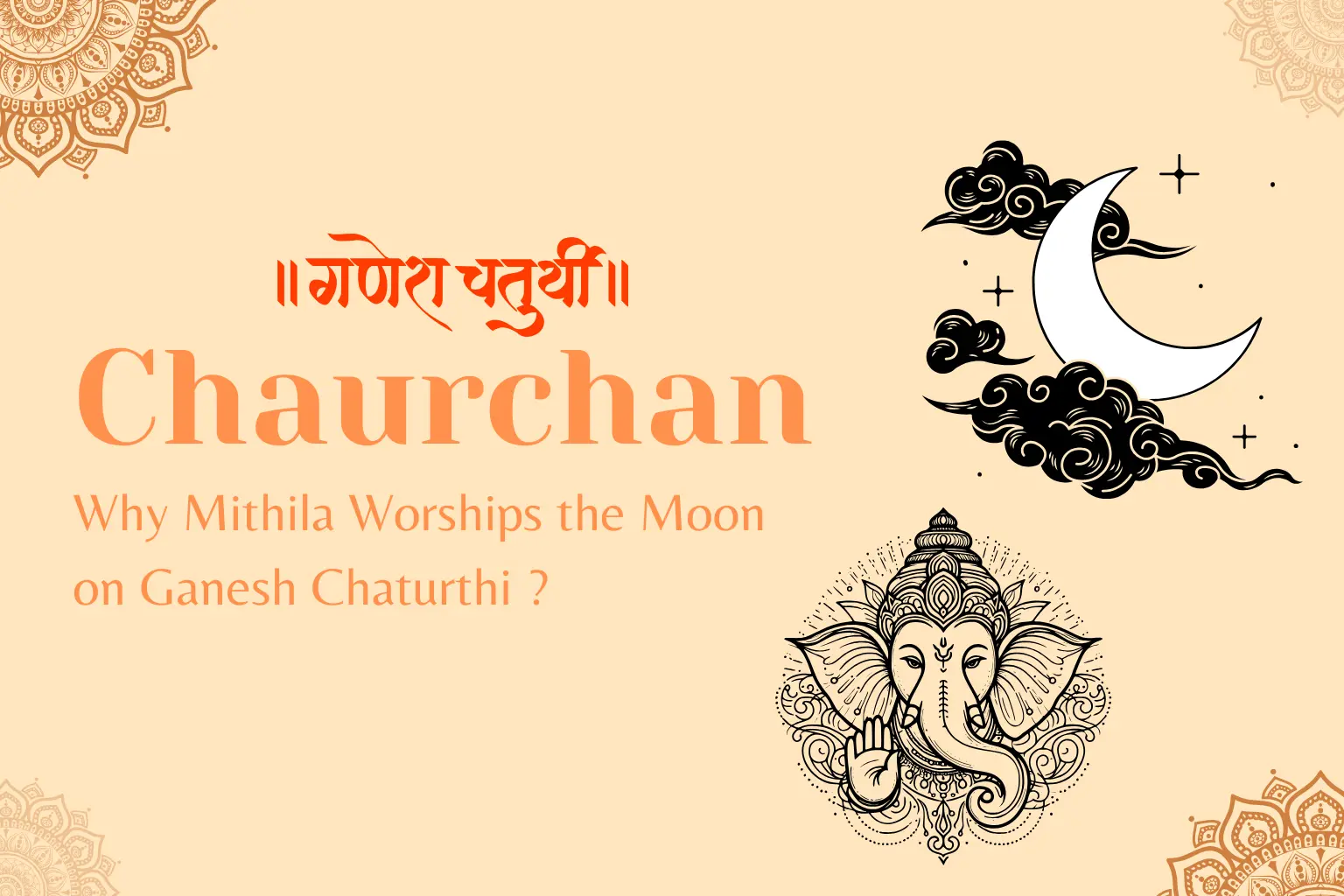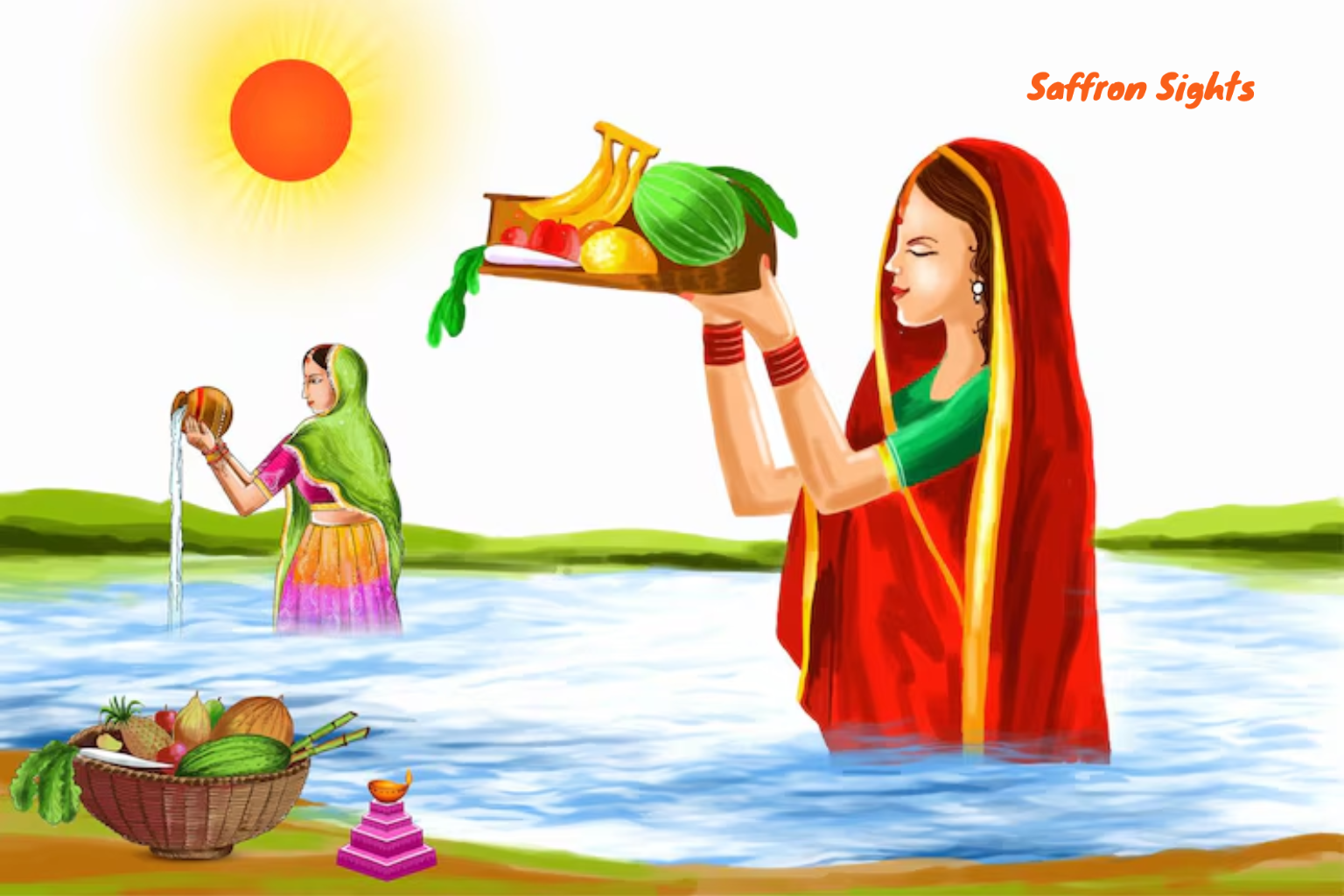| Bodh Gaya | |
|---|---|
| Bihar, India | |
| Famous For | Site of Buddha’s Enlightenment |
| Major Attraction | Mahabodhi Temple and Bodhi Tree |
| Historical Significance | Built during Emperor Ashoka’s reign (3rd century BCE) |
| Cultural Importance | Center for Buddhist rituals and teachings |
| UNESCO Status | World Heritage Site |
| Best Time to Visit | November to February |
| Popular Activities | Meditation, temple visits, exploring international monasteries |
| Annual Festivals | Buddha Purnima, Tibetan Losar |
| Nearby Highlights | Local markets, cultural events, and street food |
Experience the Heart of Buddhism in India
Nestled in the heart of Bihar, Bodh Gaya is more than a destination—it is a soulful journey into the essence of Buddhism. Imagine standing under the shade of the Bodhi Tree, the very place where Gautama Buddha attained enlightenment over 2,500 years ago. The tranquil air whispers stories of wisdom and peace, drawing pilgrims and travelers from all over the world.
Bodh Gaya is a sanctuary of spirituality, where history and faith converge. It is a place that inspires you to reflect, connect, and discover a deeper understanding of life.
A Journey Through Time
The history of Bodh Gaya is as rich and profound as its spiritual aura. Originally known as Uruvela, this sacred site has been a beacon of faith for centuries. The first recorded pilgrimages began as early as the 1st century BCE when Sri Lankan monks journeyed to pay homage to the site of Buddha’s enlightenment.
In the 3rd century BCE, Emperor Ashoka, a devout follower of Buddhism, built the first Mahabodhi Temple to honor this holy place. Although the temple has undergone numerous renovations, it stands today as a UNESCO World Heritage Site, a testament to its enduring legacy.
Over centuries, Bodh Gaya has witnessed the construction of temples, monasteries, and stupas by pilgrims from China, Tibet, Japan, and other countries. Despite invasions and natural challenges, the spirit of Bodh Gaya has remained unbroken, continuing to radiate its message of peace and enlightenment.
Cultural Beliefs and Local Faith
The heart of Bodh Gaya beats with the teachings of Buddha. The local community thrives on values like compassion, mindfulness, and peace, which are deeply embedded in their way of life.
Every year, during Buddha Purnima, thousands of devotees gather to celebrate Buddha’s birth, enlightenment, and parinirvana. The vibrant rituals, chants, and meditative gatherings create a spiritual atmosphere that is both captivating and humbling.
Monks from around the world bring their own unique traditions to Bodh Gaya. Their colorful robes and distinct rituals transform the town into a melting pot of global Buddhist cultures. As you walk through the streets, the sound of prayer wheels, the sight of fluttering prayer flags, and the aroma of incense fill your senses with calmness and wonder.
The Best Time to Visit Bodh Gaya
If you want to experience the magic of Bodh Gaya, plan your visit between November and February. During this time, the weather is pleasant, with temperatures ranging from 10°C to 28°C, making it ideal for sightseeing and outdoor meditation.
This period also coincides with several Buddhist festivals, such as Tibetan Losar, where the town comes alive with celebrations, processions, and cultural events.
Avoid visiting in summer, as temperatures can soar above 40°C, making exploration uncomfortable. Similarly, the monsoon season brings heavy rains, which may hinder travel plans. Winter, with its serene charm and vibrant festivals, is undoubtedly the best time to explore Bodh Gaya.
Why You Should Visit Bodh Gaya
Bodh Gaya offers a blend of spiritual depth, cultural richness, and historical significance that makes it a truly unique destination.
- Mahabodhi Temple: This architectural masterpiece marks the spot where Buddha attained enlightenment. Its towering spire and intricate carvings inspire awe and reverence.
- Bodhi Tree: Sit under the sacred Bodhi Tree, a symbol of enlightenment and peace. The experience of meditating here is profound and transformative.
- International Monasteries: Explore monasteries built by countries like Japan, Thailand, Tibet, and Sri Lanka. Each one reflects its country’s unique culture and spiritual practices.
- Meditation and Teachings: Participate in meditation sessions and teachings conducted by learned monks. These experiences can provide clarity and a sense of inner peace.
- Local Markets: Stroll through markets brimming with handicrafts, prayer beads, and Buddhist artifacts. Don’t miss the street food, which offers a delicious glimpse into the local cuisine.
Visiting Bodh Gaya is not just a journey to a place but a pilgrimage to the heart of your own soul. It’s a chance to pause, reflect, and rediscover yourself.
Start Your Journey Today
Are you ready to experience the tranquility of Bodh Gaya? Whether you seek spiritual growth or simply wish to explore a place of immense historical and cultural significance, Bodh Gaya is waiting for you.
Book your trip now and find peace under the Bodhi Tree, marvel at the beauty of the Mahabodhi Temple, and immerse yourself in a culture that has inspired millions. Share your journey with friends, and let the serenity of Bodh Gaya inspire others to explore this enchanting place.
Don’t wait—let Bodh Gaya be the next chapter in your adventure. Begin your journey to enlightenment and tranquility today!
Frequently Asked Questions
What is Bodh Gaya famous for?
Bodh Gaya is renowned as the place where Gautama Buddha attained enlightenment under the Bodhi Tree. It is a major pilgrimage site for Buddhists and home to the historic Mahabodhi Temple.
When is the best time to visit Bodh Gaya?
The best time to visit Bodh Gaya is between November and February when the weather is cool and pleasant, and several Buddhist festivals, like Buddha Purnima and Tibetan Losar, take place.
What are the must-visit attractions in Bodh Gaya?
Key attractions in Bodh Gaya include the Mahabodhi Temple, the Bodhi Tree, and international monasteries representing various Buddhist traditions from countries like Japan, Thailand, and Tibet.
What cultural experiences can visitors enjoy in Bodh Gaya?
Visitors can participate in meditation sessions, witness Buddhist rituals by monks, explore local markets for handicrafts, and enjoy traditional festivals like Buddha Purnima.
Is Bodh Gaya a UNESCO World Heritage Site?
Yes, the Mahabodhi Temple Complex in Bodh Gaya is recognized as a UNESCO World Heritage Site due to its historical and spiritual significance.





Leave a Reply